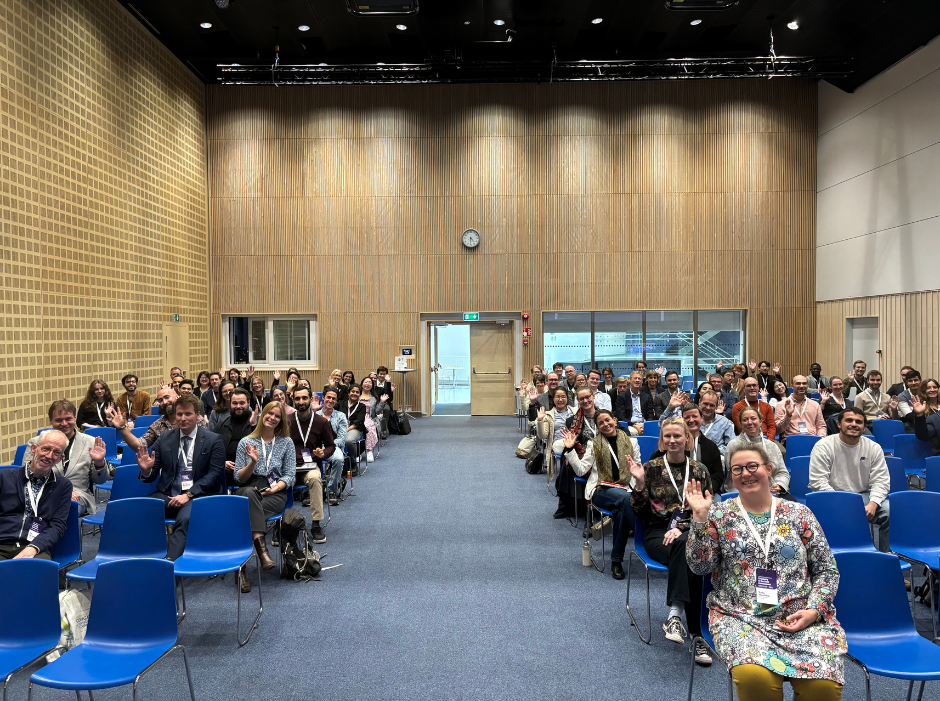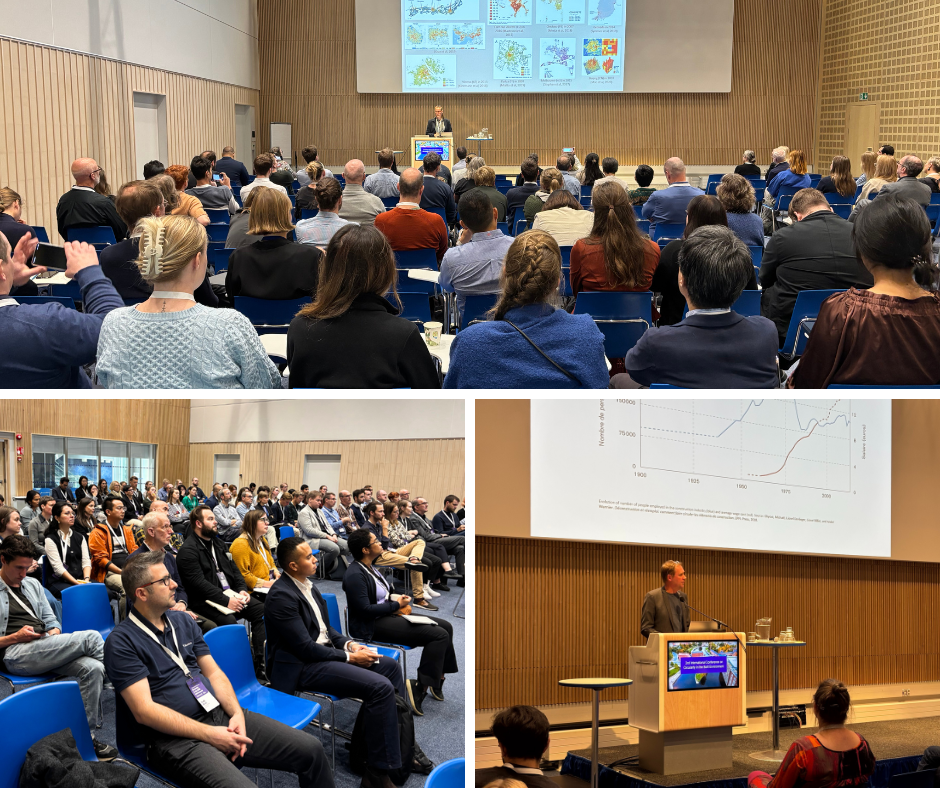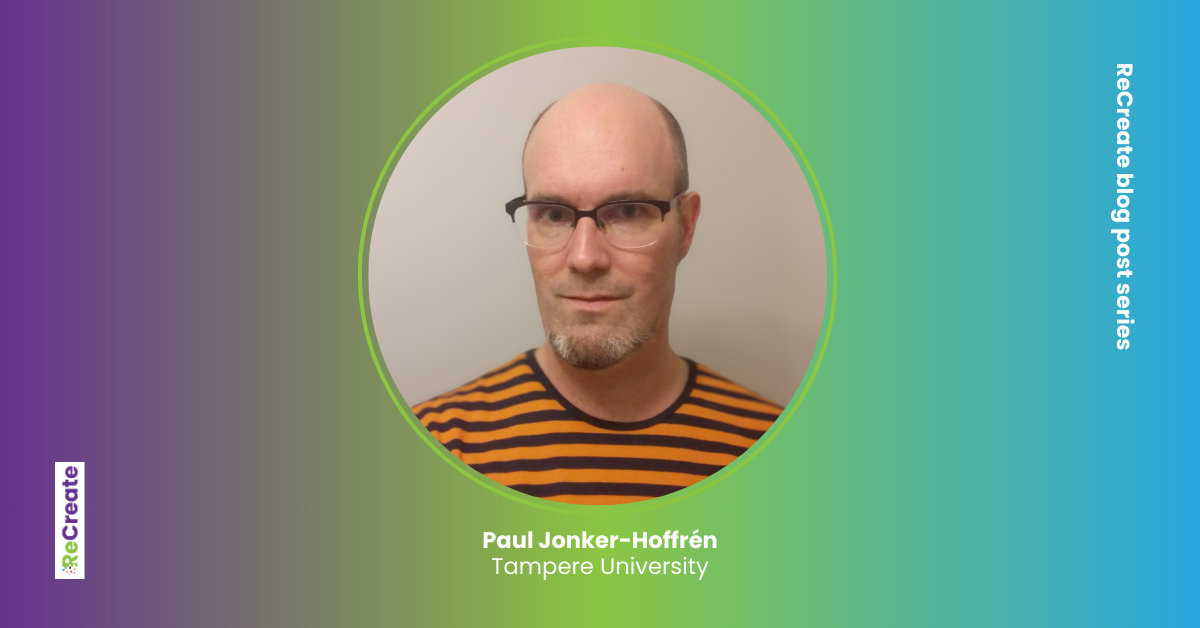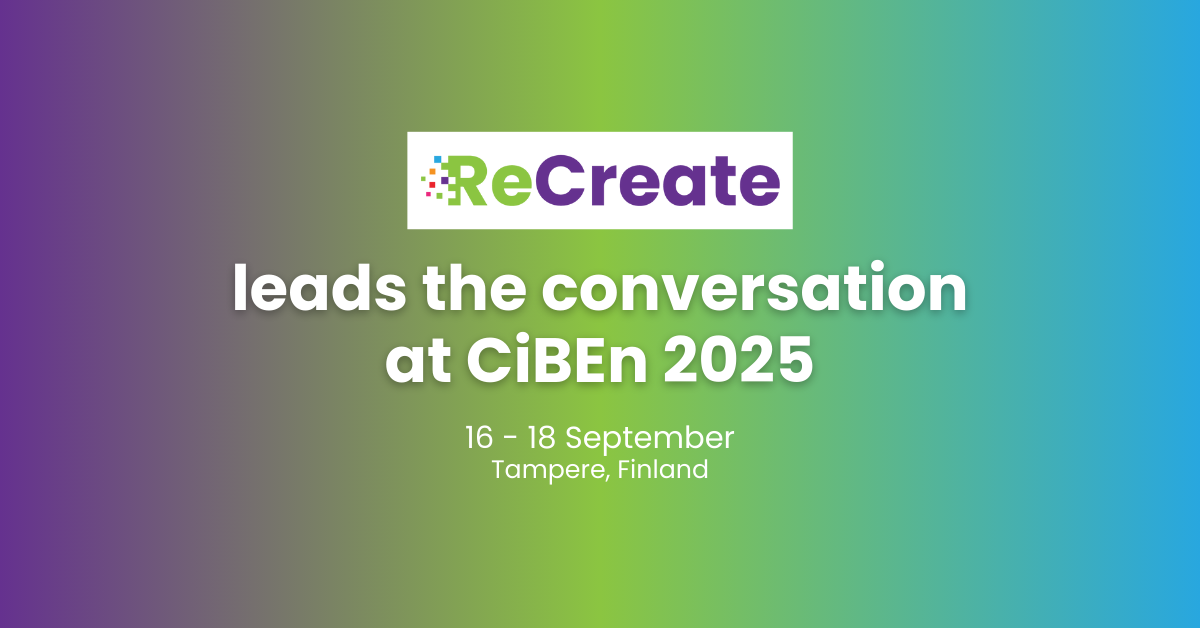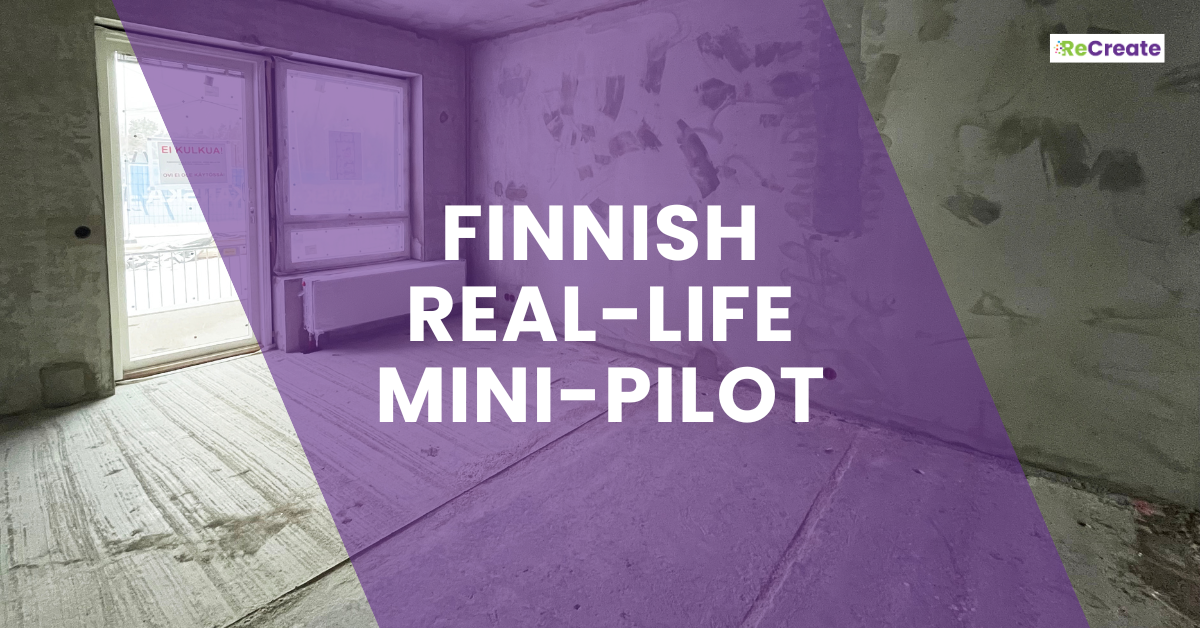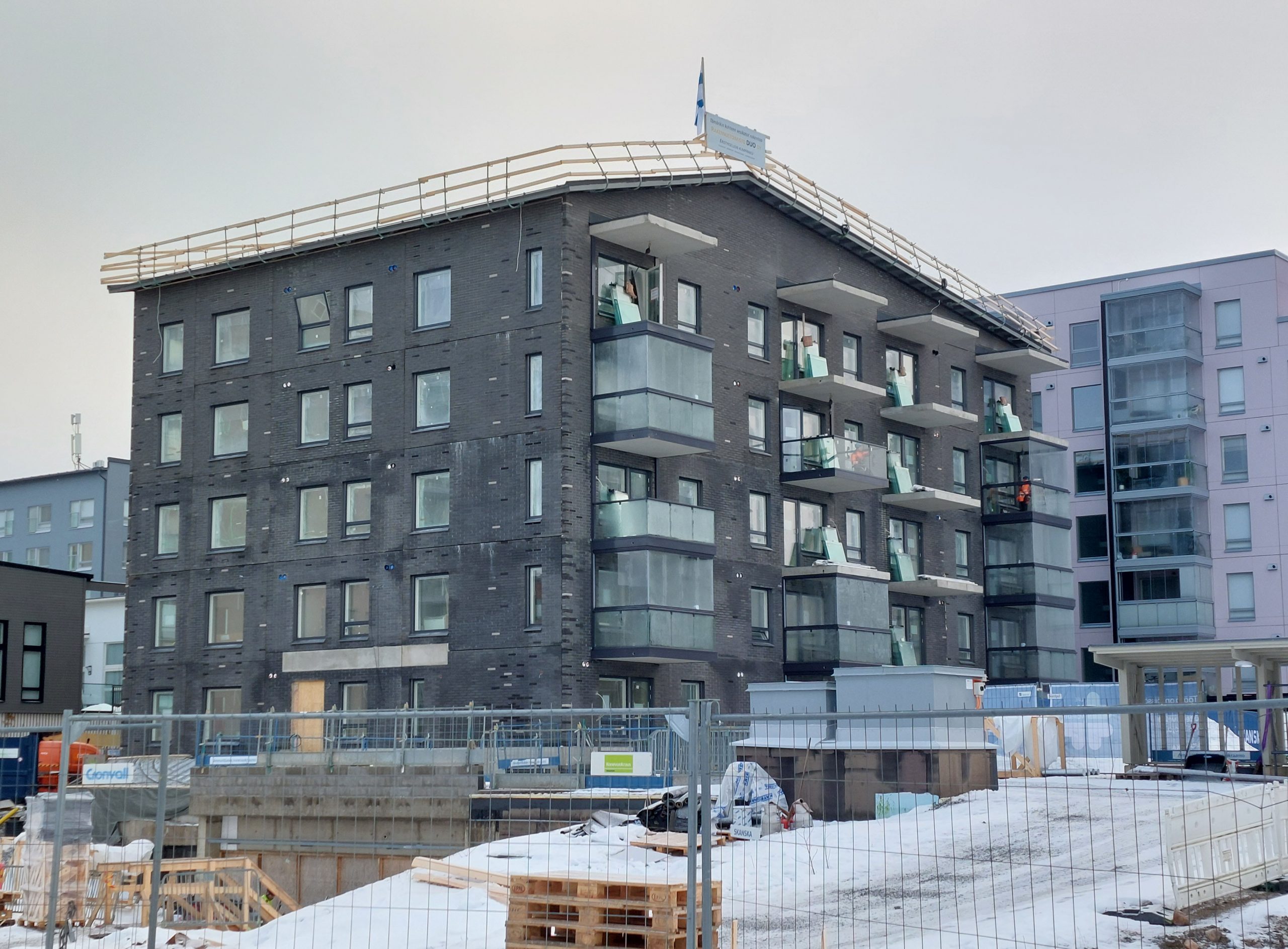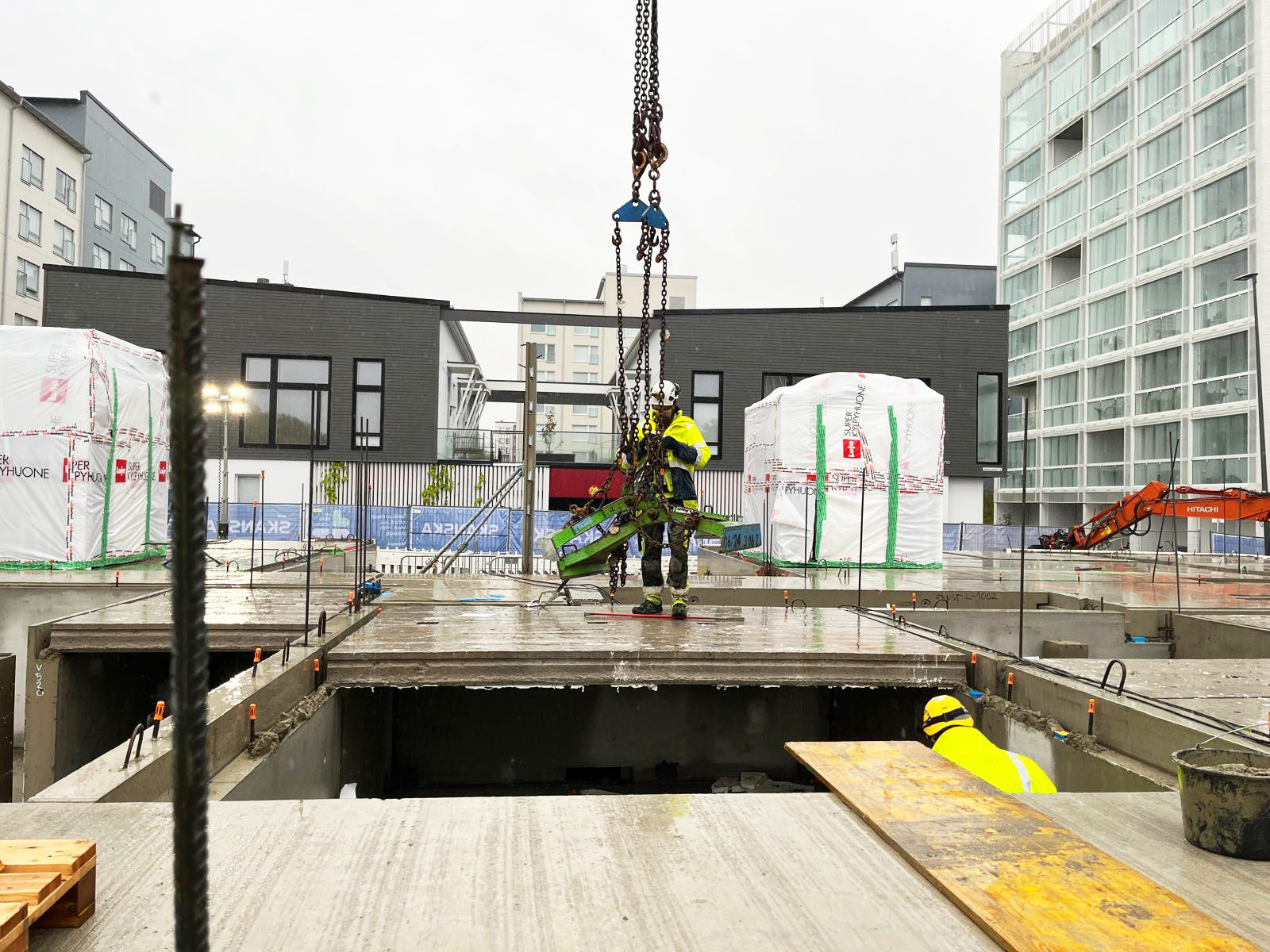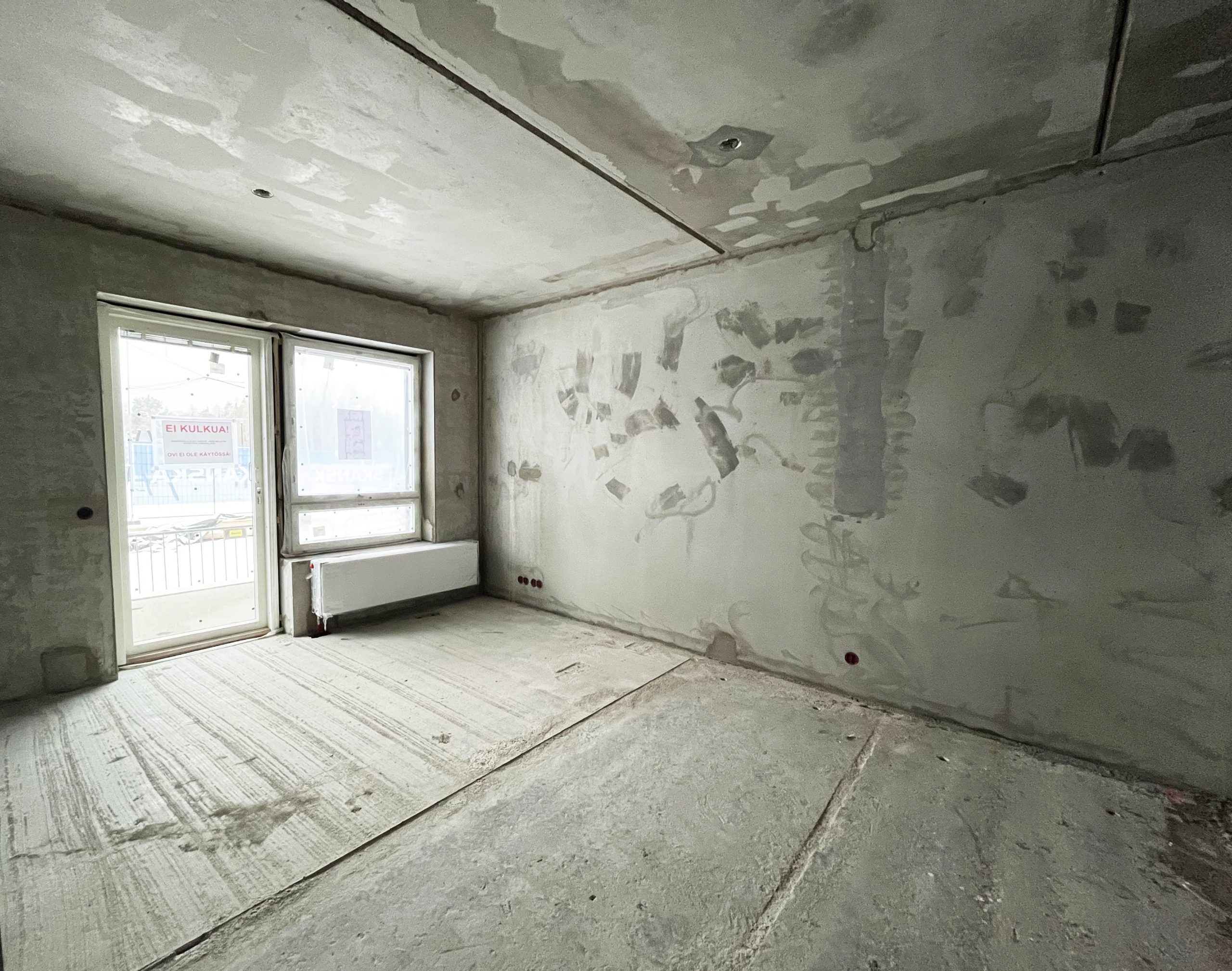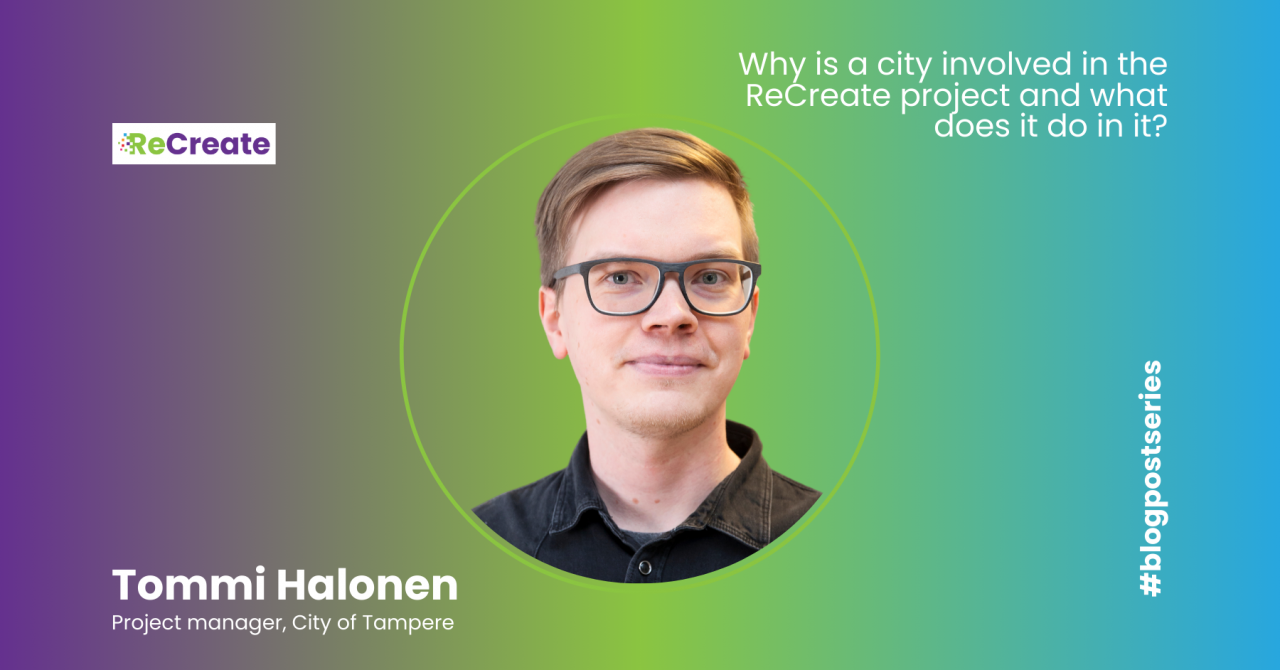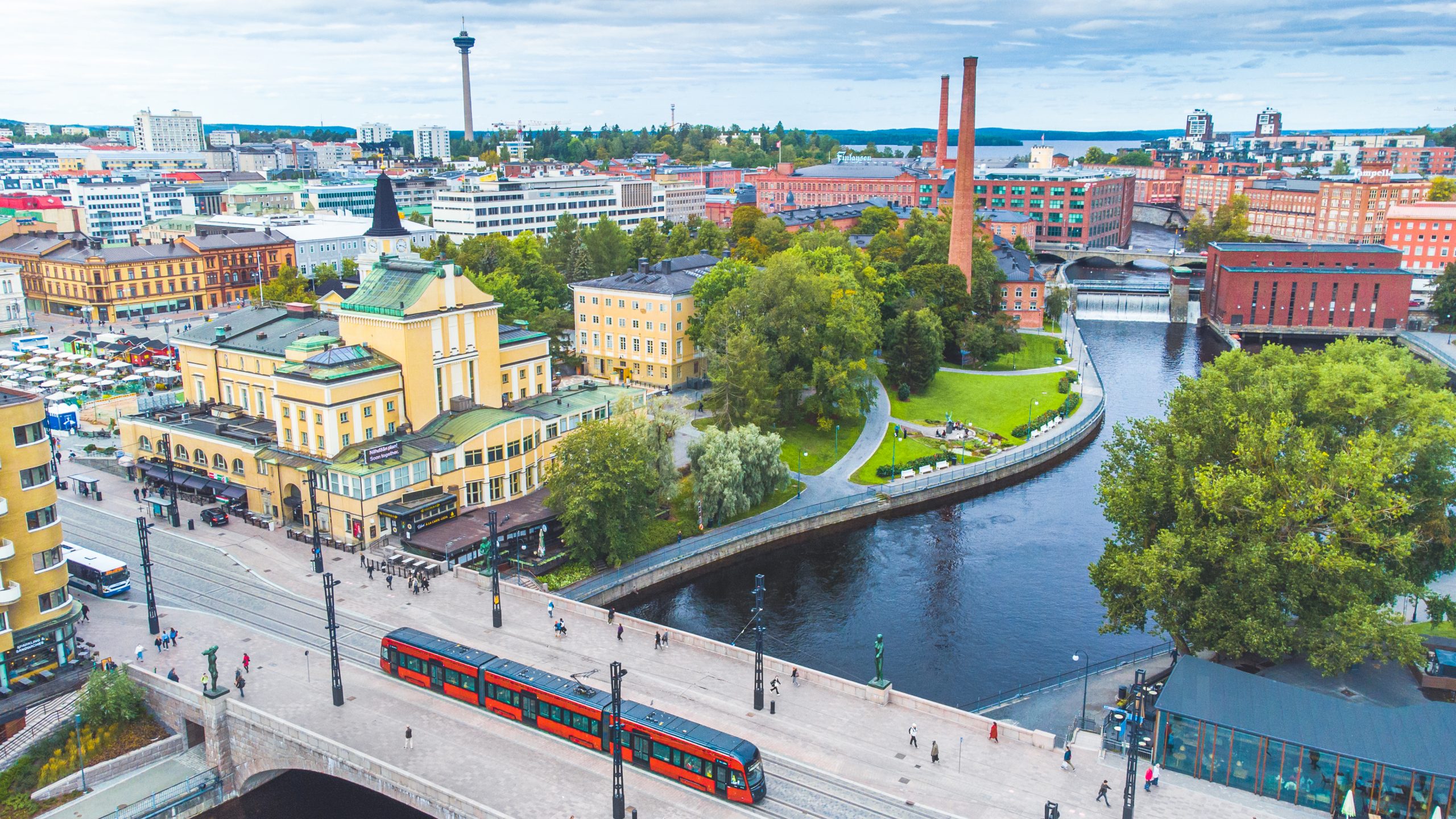A week and a half after Tampere welcomed the global circularity community, the conversations from Circularity in the Built Environment 2025 (CiBEn 2025) are still echoing—across labs, practices, city offices, and studios. Over three days (16–18 September 2025), the conference created room for debate and generous exchange on how circular principles can reshape the built environment.
At the heart of the event was Prof. Satu Huuhka of Tampere University—conference chair and editor of the open-access proceedings—who steered the programme and pulled together a genuinely cross-disciplinary community.
Keynotes that framed the conversation
Jennifer Minner (Cornell University) opened the keynote series by exploring “Hope in circulation: Places where circularity and reuse build community and spark innovation.” Her perspective connected policy, planning, and community practice—showing how reuse can strengthen local ecosystems and spark new forms of collaboration.
Lionel Devlieger (Ghent University; co-founder of Rotor) took a long view with “On the use of studying history in our aspiration to a more circular building economy.” By reading today’s challenges through historical reuse practices, he invited the audience to see circularity not as a trend but as a lineage we can learn from.
Maud Lanau (Chalmers University of Technology) closed the trio with “The built environment as a living system: Towards resource- and carbon-efficient cities.” Her systems approach—grounded in material stock analysis—offered concrete ways to map resources and identify leverage points for urban transitions.
Together, these talks threaded community, history, and systems thinking—three lenses that kept recurring in sessions and hallway conversations throughout the week.
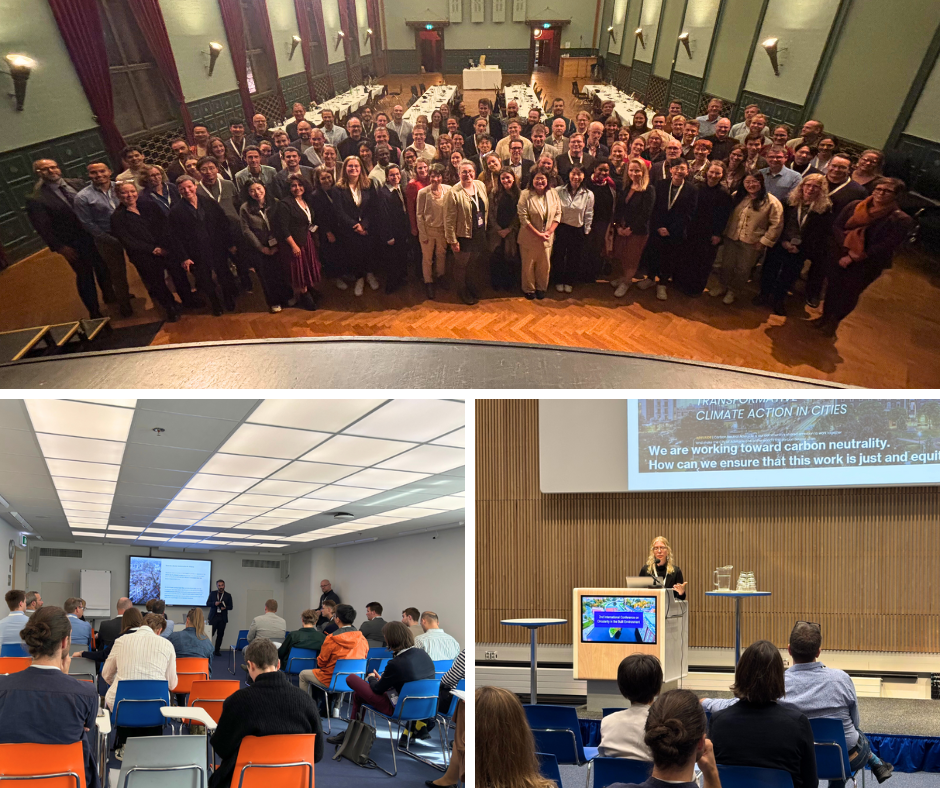
Sharing knowledge beyond Tampere
The conference proceedings are now available in Open Access—capturing the richness of contributions across themes from deconstruction and logistics to policy and business models. They’re a useful starting point for anyone wanting to revisit a session or dive into the field’s latest work. [Read the proceedings on Zenodo.]
In the coming weeks, interviews and video highlights from CiBEn 2025 will be published on ReCreate’s channels, extending the life of the discussions and making them accessible to a wider audience.
Looking ahead
The next edition of CiBEn is slated for September 2027 at Guangxi University, China, with Prof. Chen Zheng as conference chair. More details will follow, but the direction is clear: the conversation continues, and the community keeps growing.
